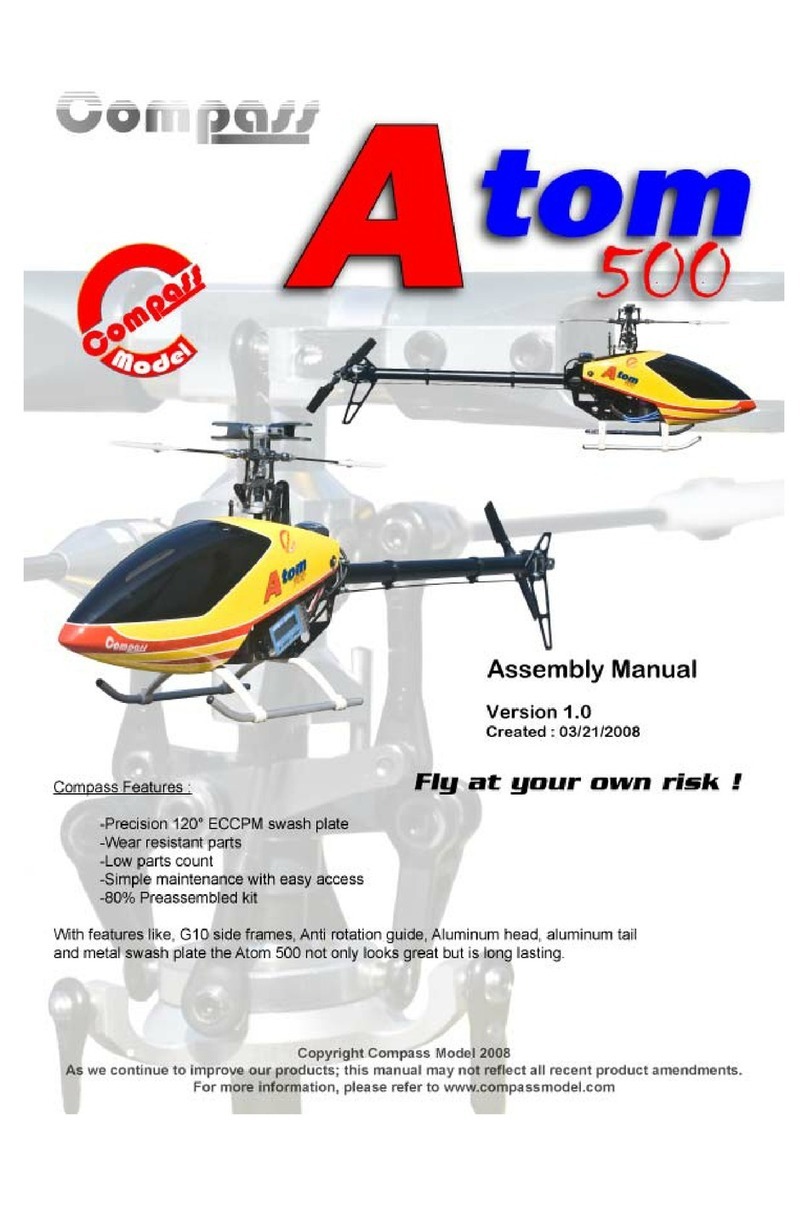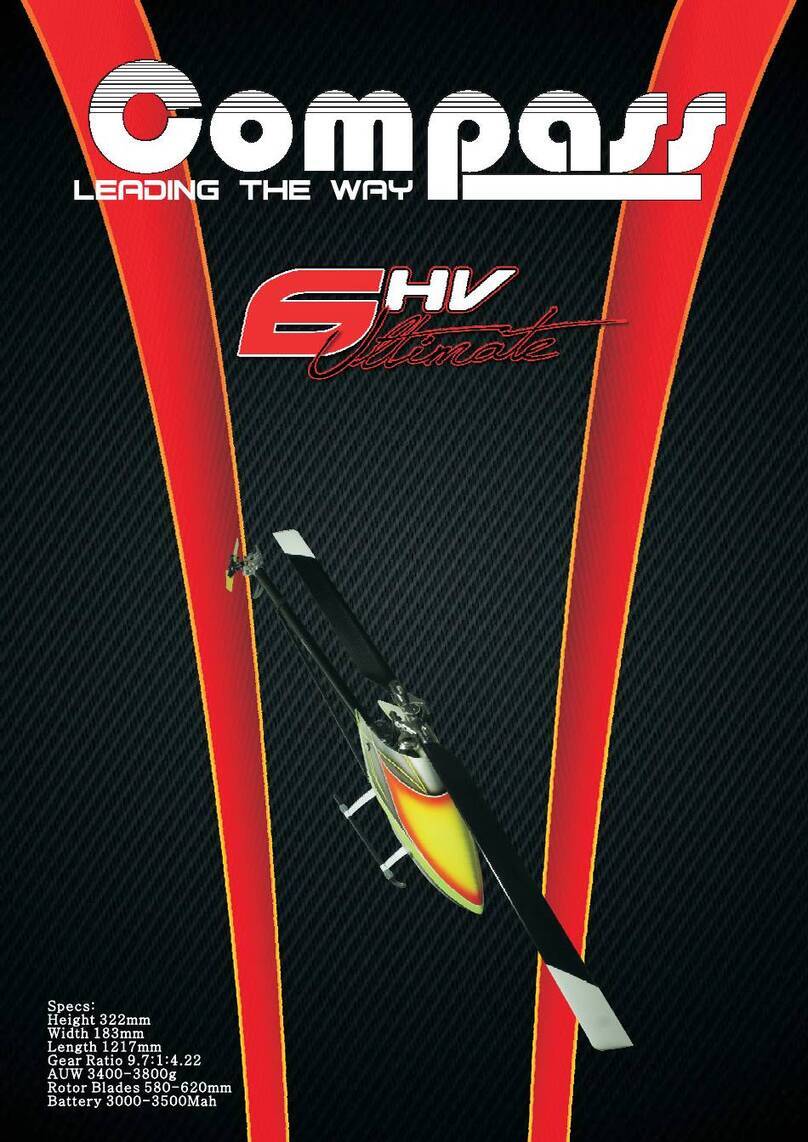Compass WARP 360 User manual
Other Compass Toy manuals

Compass
Compass 7hv User manual
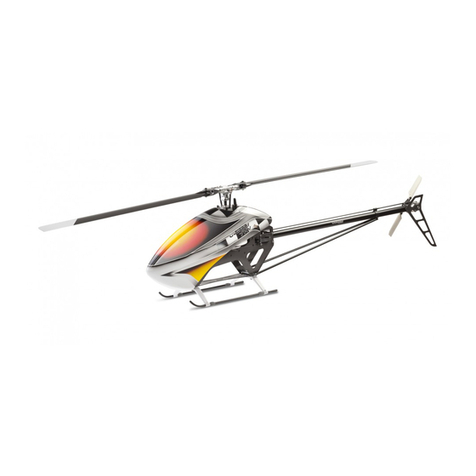
Compass
Compass 7hv Assembly instructions
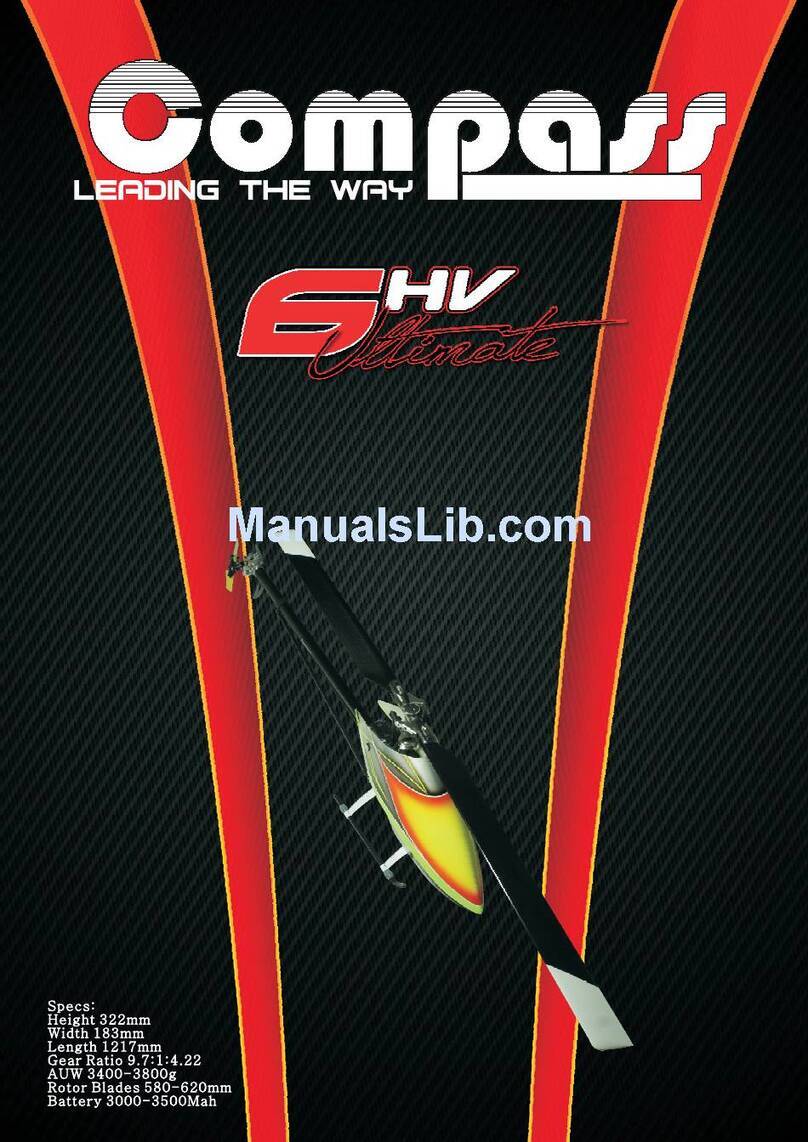
Compass
Compass 6HV Ultimate User manual
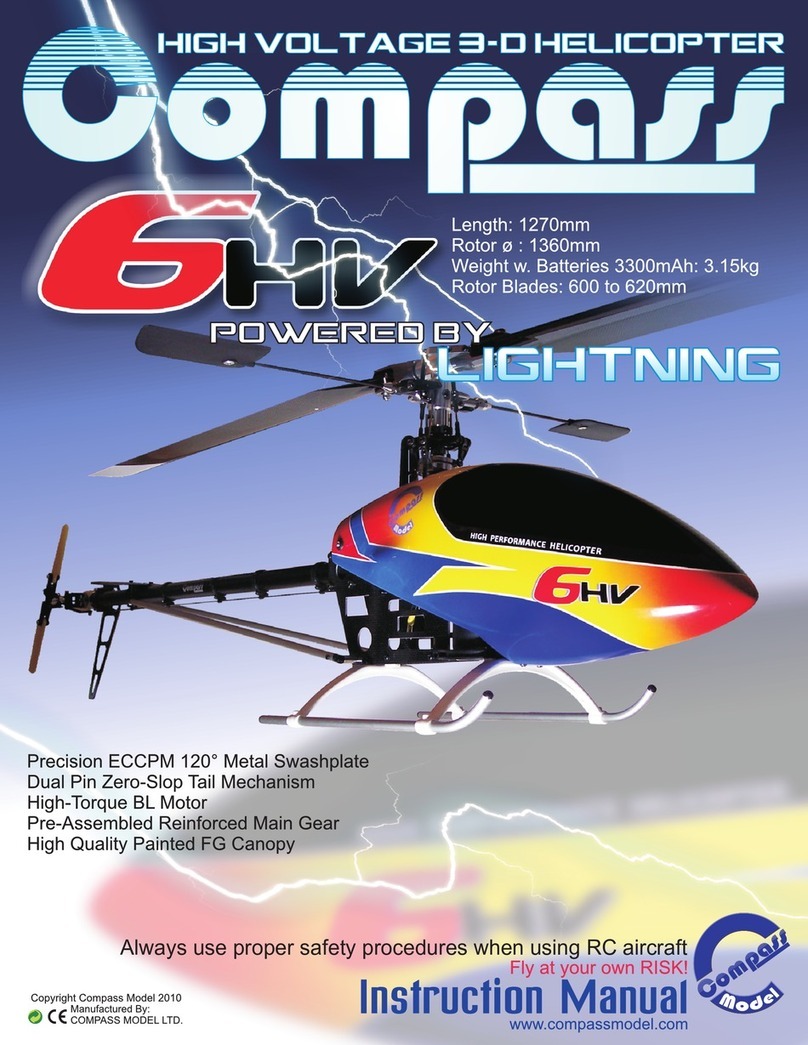
Compass
Compass Atom 6HV User manual

Compass
Compass Atom 6HV User manual

Compass
Compass Knight 600E User manual
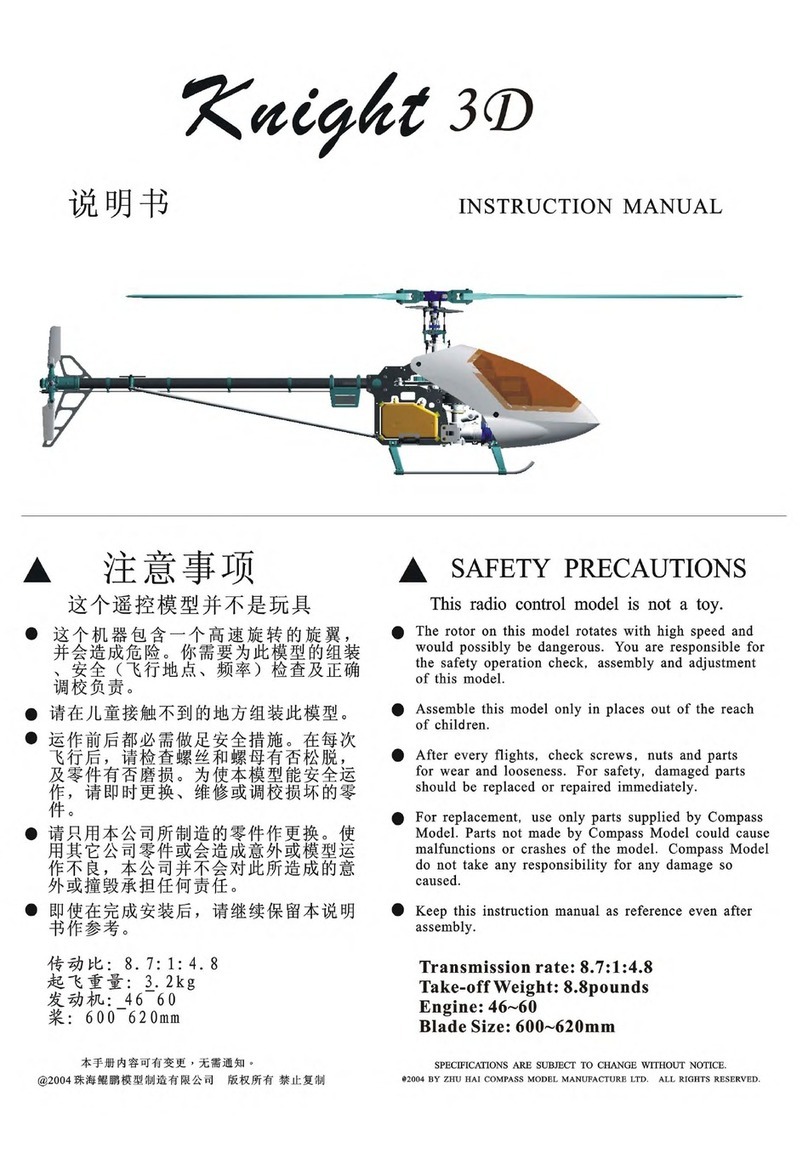
Compass
Compass Knight 3D User manual
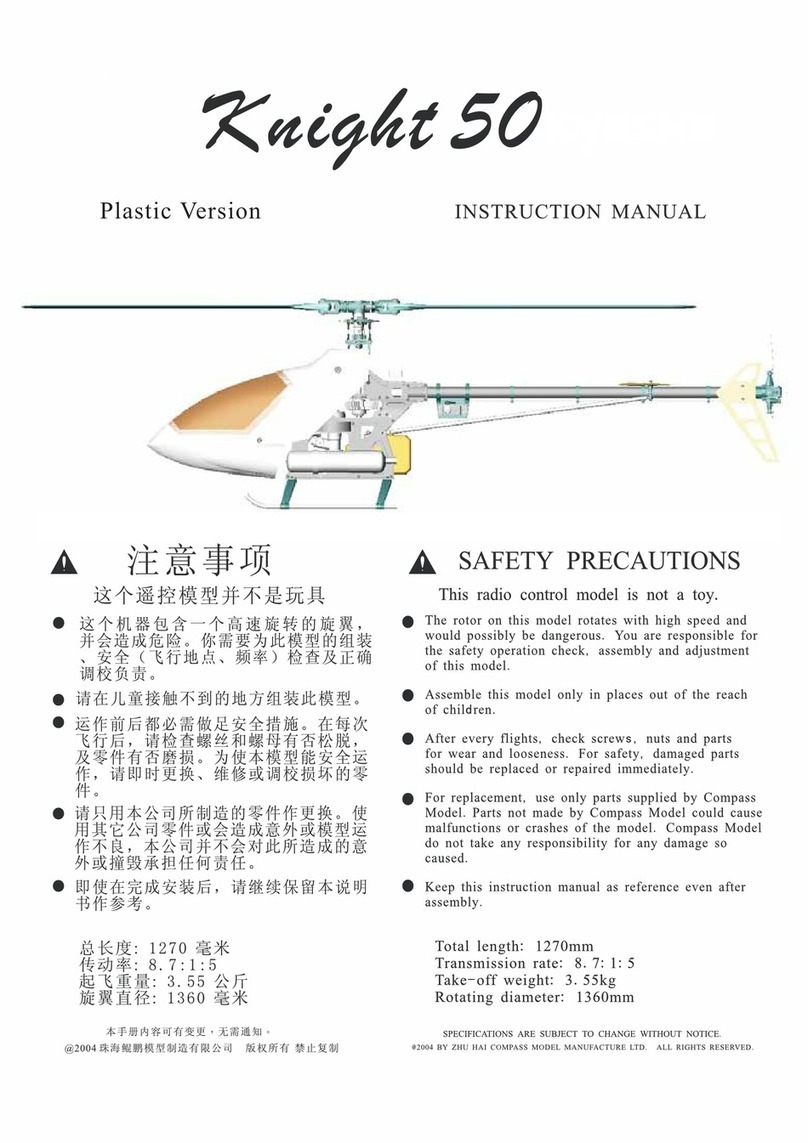
Compass
Compass Knight 50 User manual

Compass
Compass Knight 50 User manual
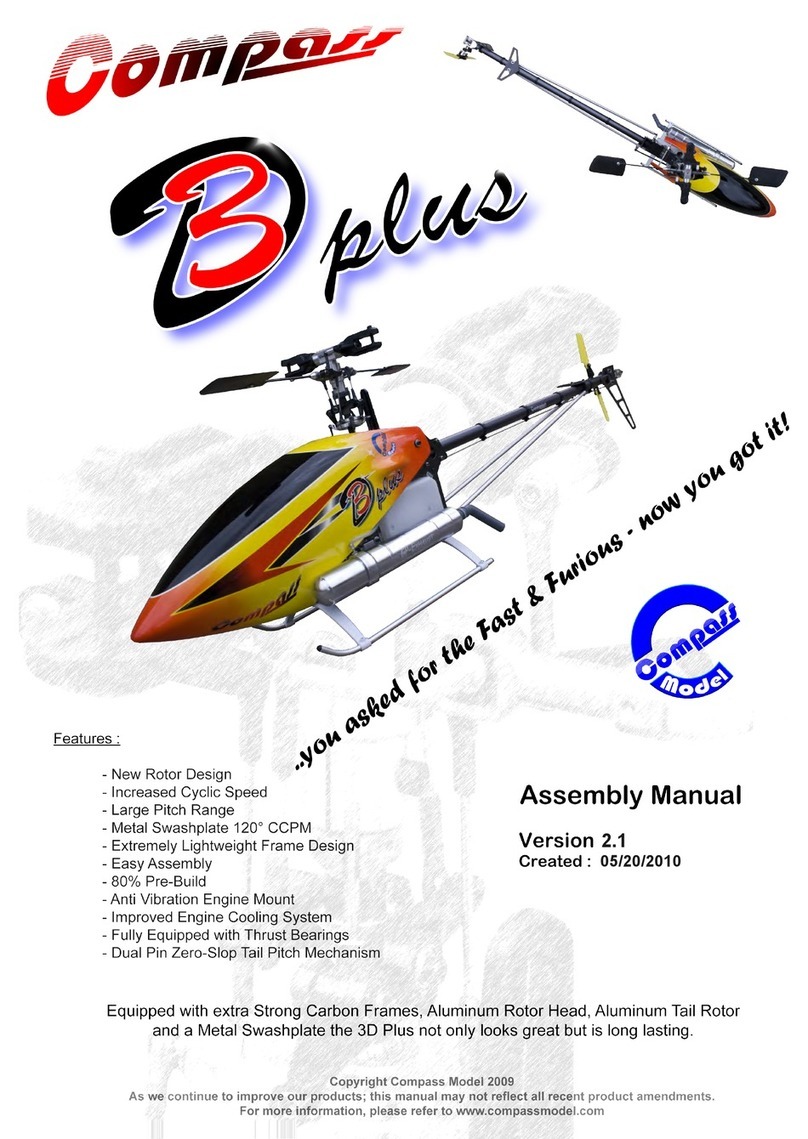
Compass
Compass 3D Plus Nitro Powered Helicopter User manual
Popular Toy manuals by other brands

FUTABA
FUTABA GY470 instruction manual

LEGO
LEGO 41116 manual

Fisher-Price
Fisher-Price ColorMe Flowerz Bouquet Maker P9692 instruction sheet

Little Tikes
Little Tikes LITTLE HANDIWORKER 0920 Assembly instructions

Eduard
Eduard EF-2000 Two-seater exterior Assembly instructions

USA Trains
USA Trains EXTENDED VISION CABOOSE instructions

